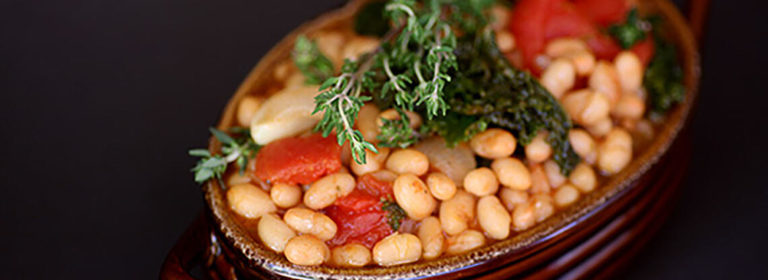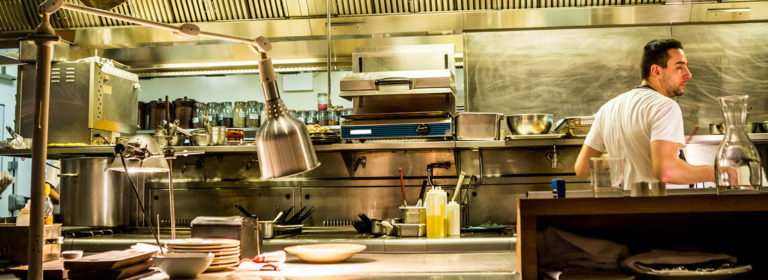For most of the 2000s, foodservice operators have been mindful of what the younger generations (Millennials and Gen Z) want and crave to eat. The reality is that all age groups (hello boomers and Gen Xers!) are eating out and want their needs met too. How do chefs write menus that satisfy all?
- Younger folks want an experience, unique ingredients, and digital connection, while older people look for nostalgia, comfort foods, and value.
- Offer well-known dishes with customizable components to reach multiple age ranges. For instance, bowls (think rice, salad, or noodles) that have choices like chopped chicken, plant-based meat, whole vegetables, exotic fruits, seeds, nuts, and dressings.
- Retro soups like matzo ball, chicken noodle, and old-fashioned tomato satisfy the older crowd’s need for familiarity as well as the younger set’s desire for authenticity. Be sure to modify by using touchstones like house-made pasta, fresh herbs, and organics.




